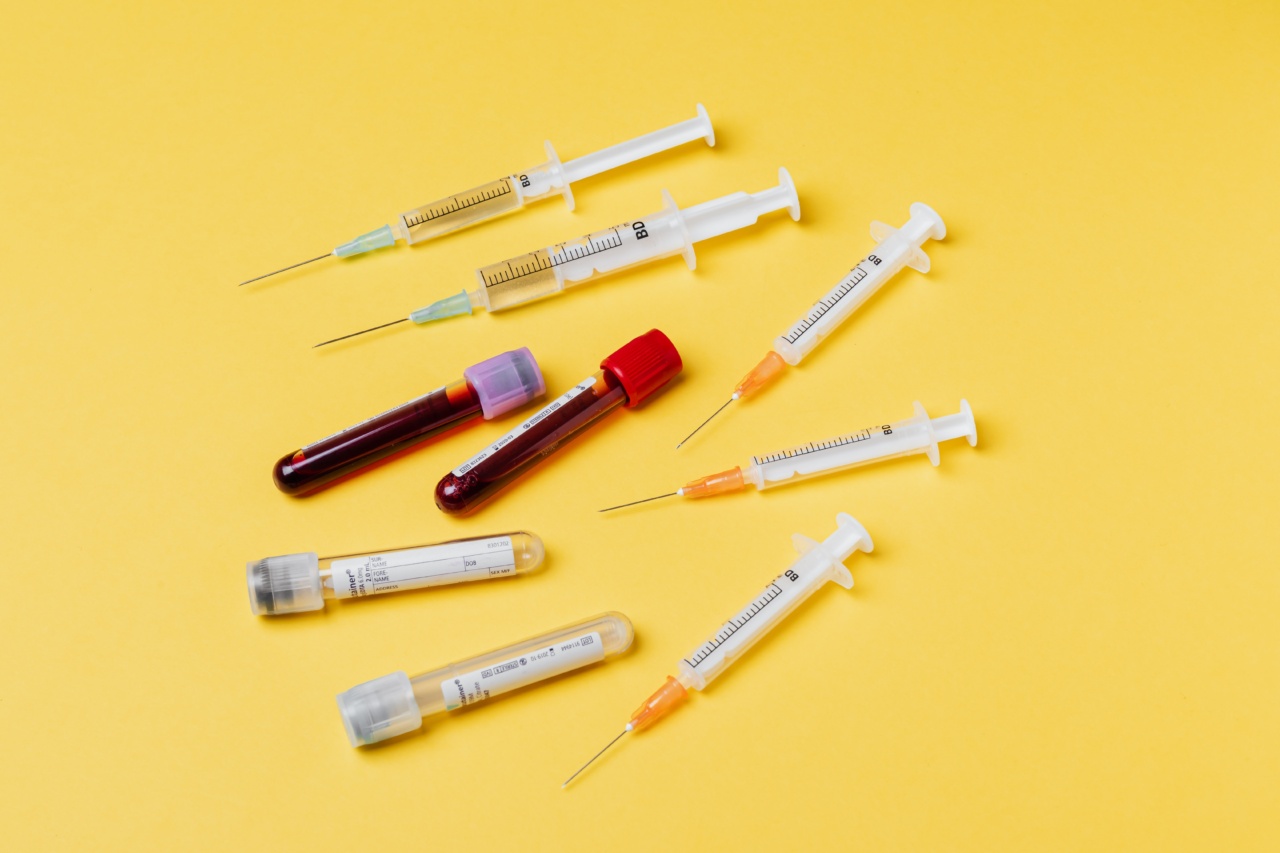Introduction:.
Every year, millions of lives are saved with the help of blood transfusions. Whether it’s a major surgery, trauma, or a chronic condition, blood transfusions are crucial in maintaining the health and well-being of countless individuals.
However, the availability of blood is not always guaranteed, and that is where blood preservation comes into play. Blood preservation techniques ensure that this life-saving resource can be stored safely and used when needed. In this article, we will explore the importance of blood preservation and the various methods used to ensure its viability and effectiveness.
The Need for Blood Preservation:
Blood is a perishable resource. On average, it has a shelf life of around 42 days, during which it needs to be properly stored and preserved to maintain its quality and suitability for transfusion.
Without effective preservation techniques, blood donations would have a limited window of usability, resulting in shortages and an inability to meet the demand for transfusions.
Blood preservation not only extends the shelf life of blood but also allows it to be transported to different locations without losing its therapeutic properties.
This is especially important in emergency situations where immediate access to stored blood can make a life-or-death difference.
Methods of Blood Preservation:
1. Refrigeration:.
One of the most commonly used methods of blood preservation is refrigeration.
By storing blood units at a temperature between 2-6 degrees Celsius, the growth of bacteria and other harmful microorganisms is slowed down, minimizing the risk of contamination. Refrigeration also helps to maintain the viability of red blood cells, ensuring they can effectively deliver oxygen when transfused.
2. Freezing:.
Freezing is another method used for long-term blood preservation. By storing blood at -80 degrees Celsius, the degradation of blood components is significantly reduced, allowing for an extended shelf life of up to 10 years.
However, the process of freezing and thawing blood requires careful handling to prevent damage to cells and clotting factors.
3. Cryopreservation:.
Cryopreservation is a more advanced form of freezing, primarily used for preserving specific blood components like platelets and stem cells.
Using a cryoprotectant solution and controlled freezing, these delicate components can be stored at extremely low temperatures, ensuring their viability and functionality when needed.
4. Chemical Additives:.
Chemical additives are often used in conjunction with refrigeration to enhance blood preservation.
These additives provide additional protection against the degradation of red blood cells and maintain the pH balance and electrolyte levels of the stored blood. Examples of commonly used additives include adenine, glucose, and mannitol.
5. Blood Irradiation:.
In certain cases, such as for patients receiving blood transfusions to treat diseases like leukemia or lymphoma, blood irradiation is necessary.
This process involves exposing blood products to ionizing radiation to prevent the proliferation of white blood cells and reduce the risk of graft-versus-host disease in immunocompromised recipients. Blood irradiation is a vital step in blood preservation to ensure the safety and effectiveness of transfusions.
The Benefits of Blood Preservation:
1. Increased Availability:.
Blood preservation techniques significantly increase the availability of blood for transfusions.
By extending the shelf life of blood units, hospitals and blood banks can maintain sufficient supplies to meet the needs of patients, especially during times of high demand or emergencies.
2. Emergency Readiness:.
Preserved blood plays a critical role in emergency situations, such as natural disasters or mass casualties.
Having a readily available supply of blood ensures that healthcare providers can respond swiftly and effectively to save lives without being hindered by potential shortages.
3. Support for Complex Medical Procedures:.
Many medical procedures, such as organ transplantation or major surgeries, require large amounts of blood.
Blood preservation techniques enable the accumulation of an adequate supply to meet the demands of these complex procedures, minimizing the risk of complications and improving patient outcomes.
4. Reduced Wastage:.
Prior to the implementation of blood preservation techniques, a significant amount of donated blood would go unused and eventually expire.
Blood preservation allows for better inventory management, reducing wastage and ensuring that each unit of donated blood serves its purpose of saving lives.
Challenges and Future Developments:
While blood preservation has come a long way, there are still challenges that need to be addressed. One of the main challenges is finding alternatives to chemical additives, as some individuals may have adverse reactions to these substances.
Additionally, freezing and thawing blood can result in cellular damage, leading researchers to explore alternative methods that minimize this risk.
In recent years, there have been advancements in blood preservation techniques. For instance, scientists are exploring the use of cryopreservation at higher temperatures to reduce the risk of potential damage to blood cells.
Research is also being conducted on innovative storage solutions that mimic the conditions of the human body, ensuring the preservation of blood components is optimal.
Conclusion:
Blood preservation is a vital procedure that directly impacts the availability and effectiveness of blood transfusions.
Through various techniques such as refrigeration, freezing, cryopreservation, and the use of chemical additives, blood can be stored and preserved for extended periods without compromising its therapeutic properties. By ensuring a steady supply of safe and viable blood, blood preservation saves countless lives and plays a crucial role in modern healthcare.
Continued research and innovation in this field will further enhance the capabilities of blood preservation, ensuring that this life-saving resource remains readily available to those in need.































